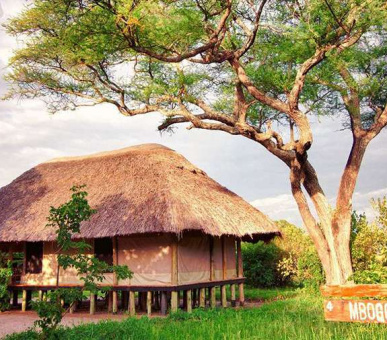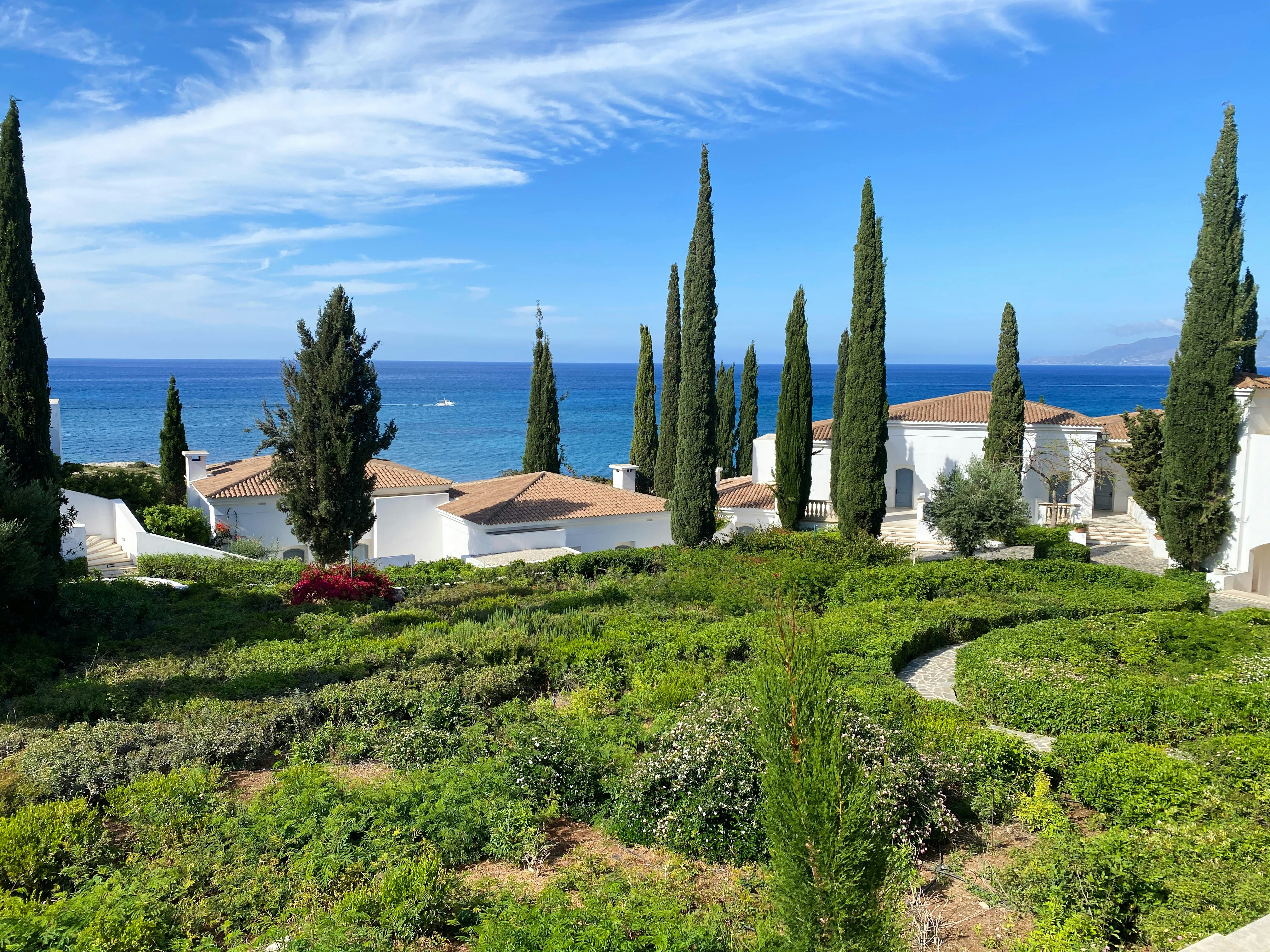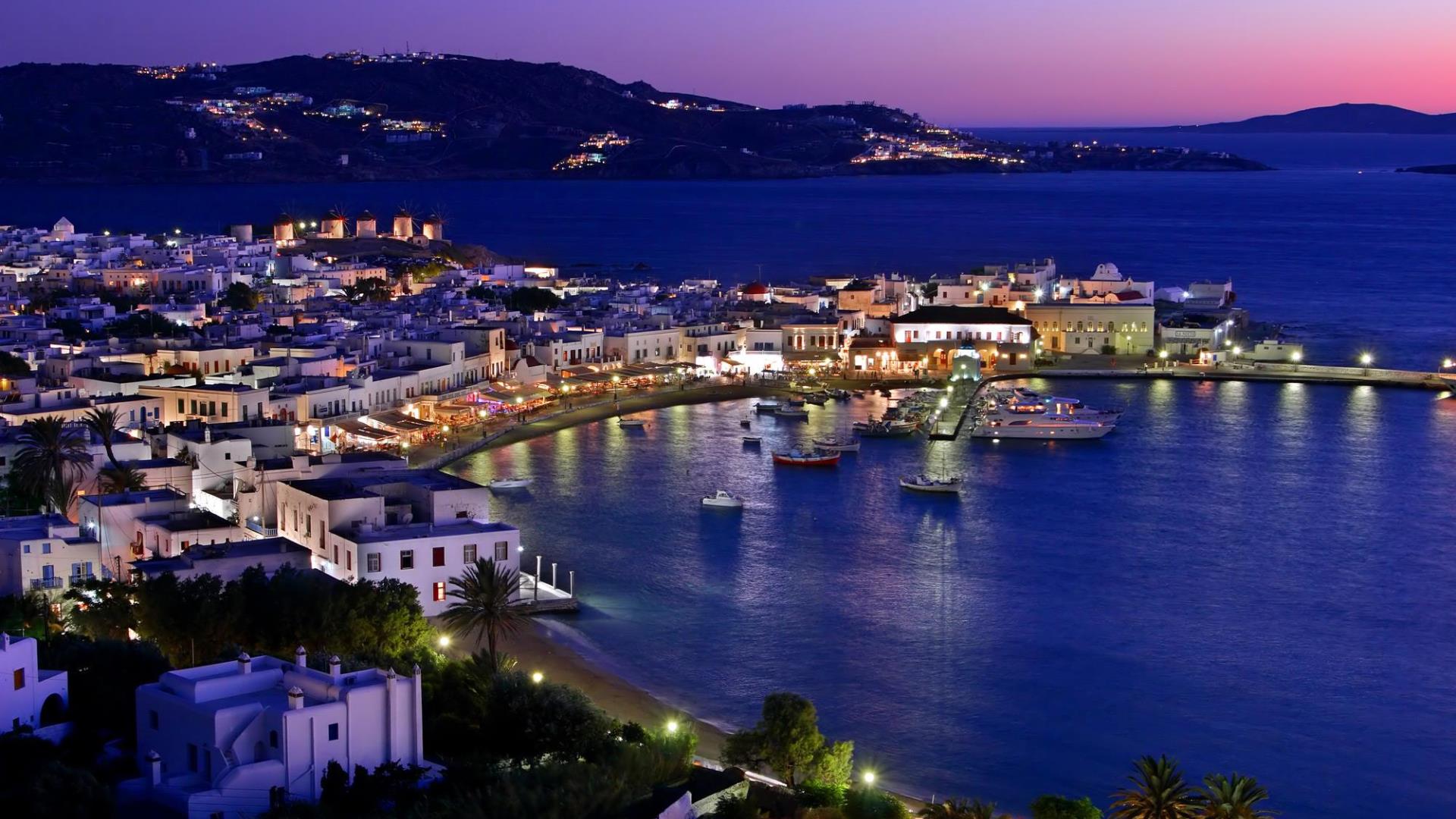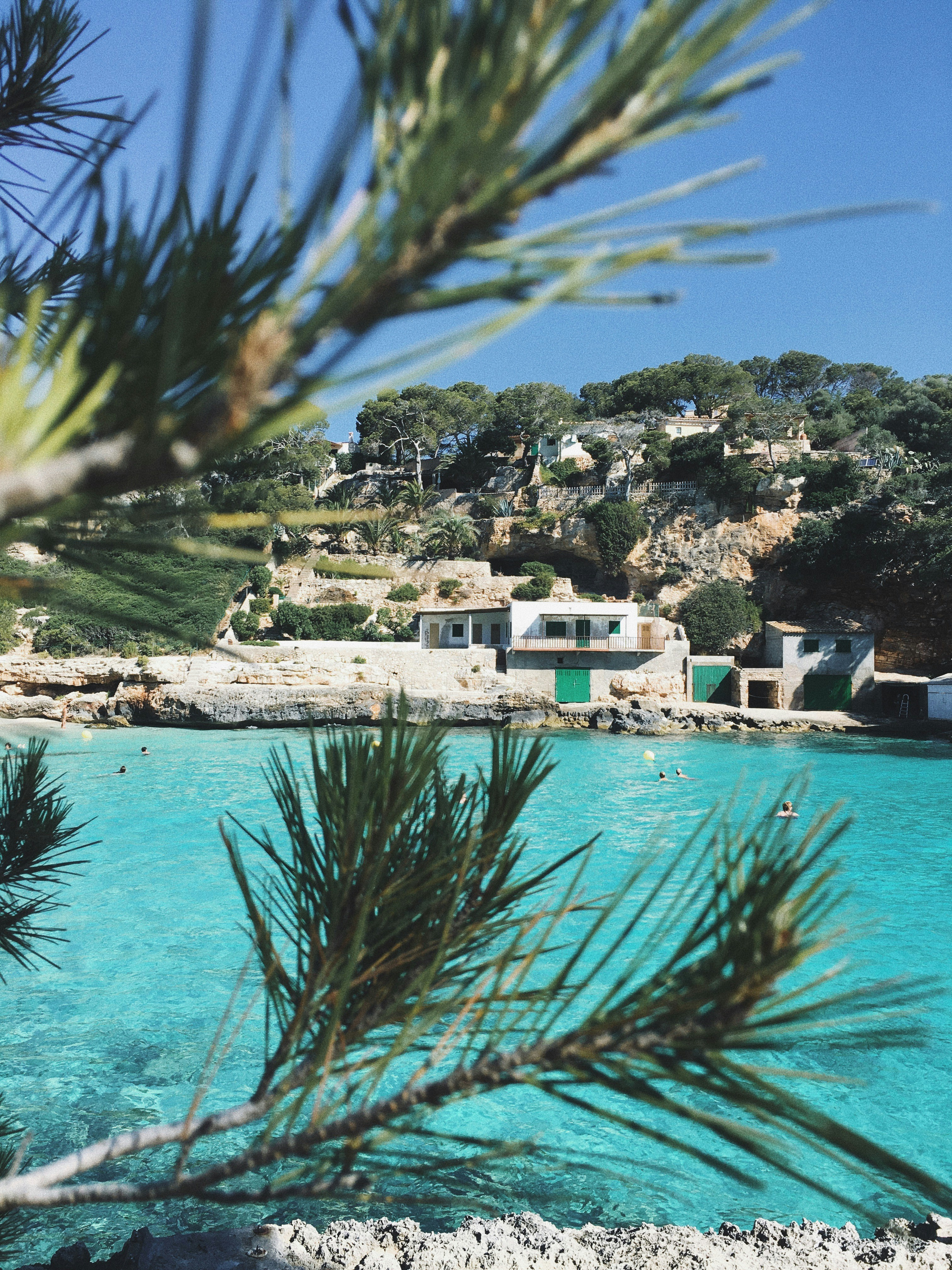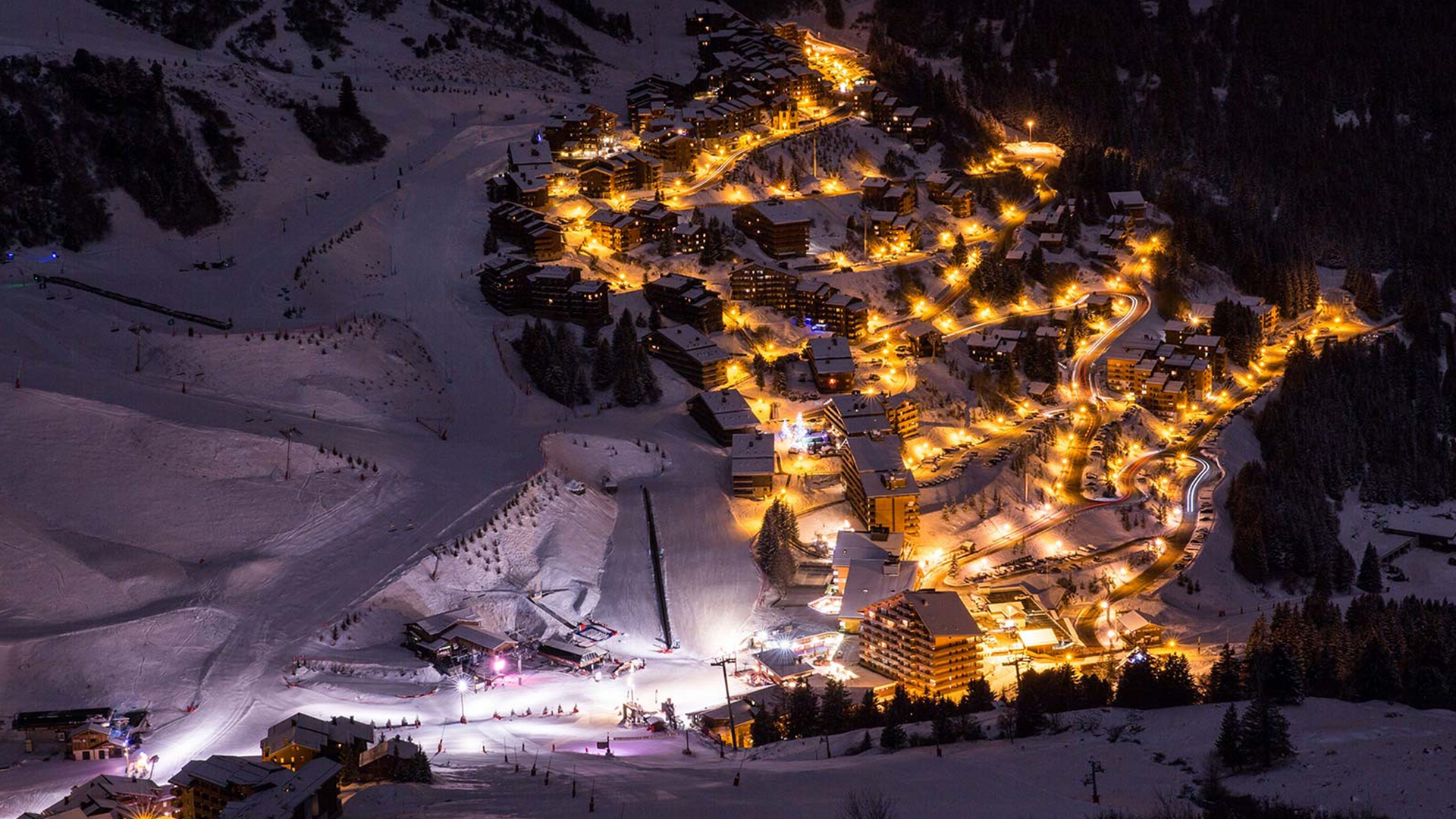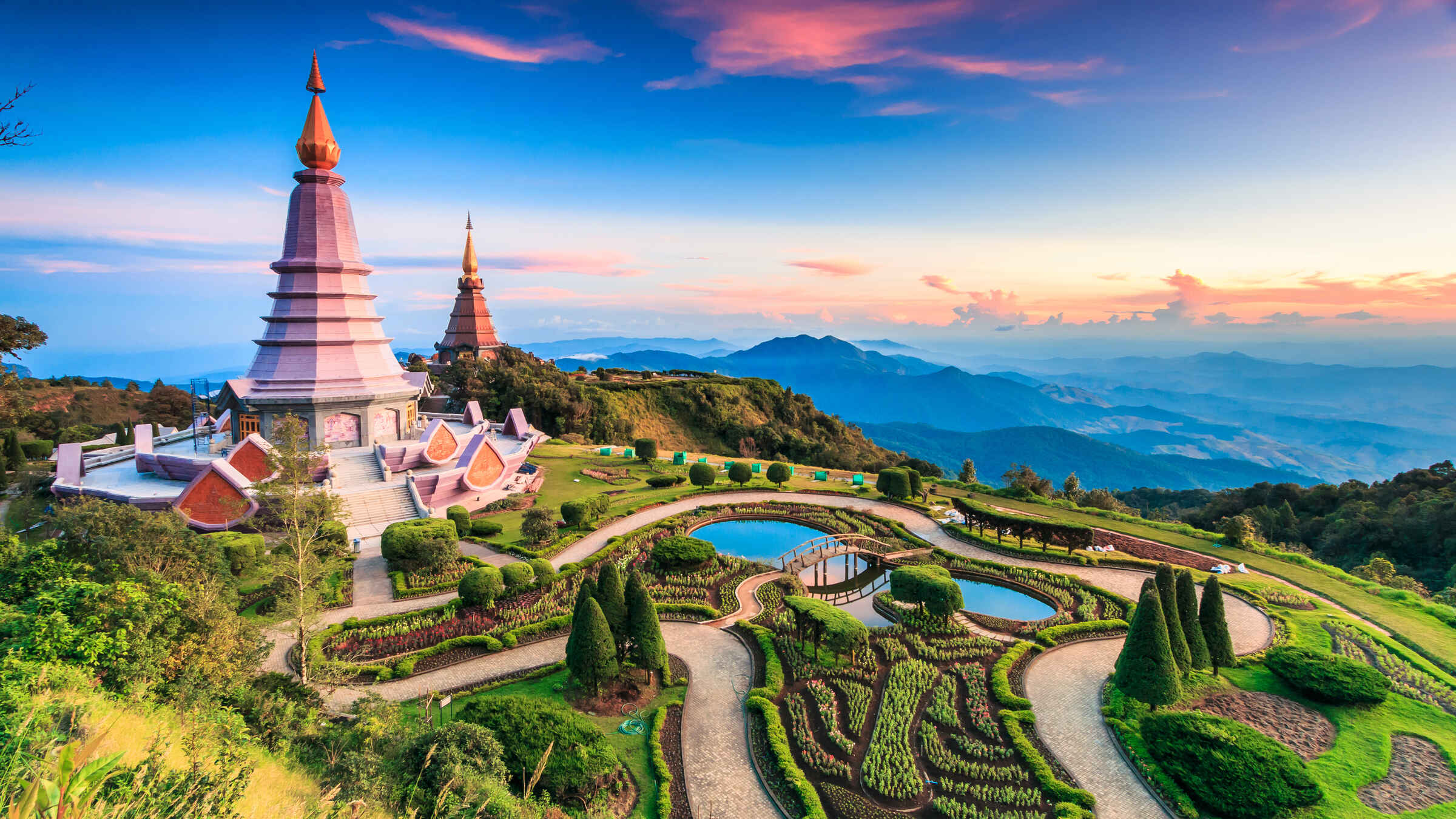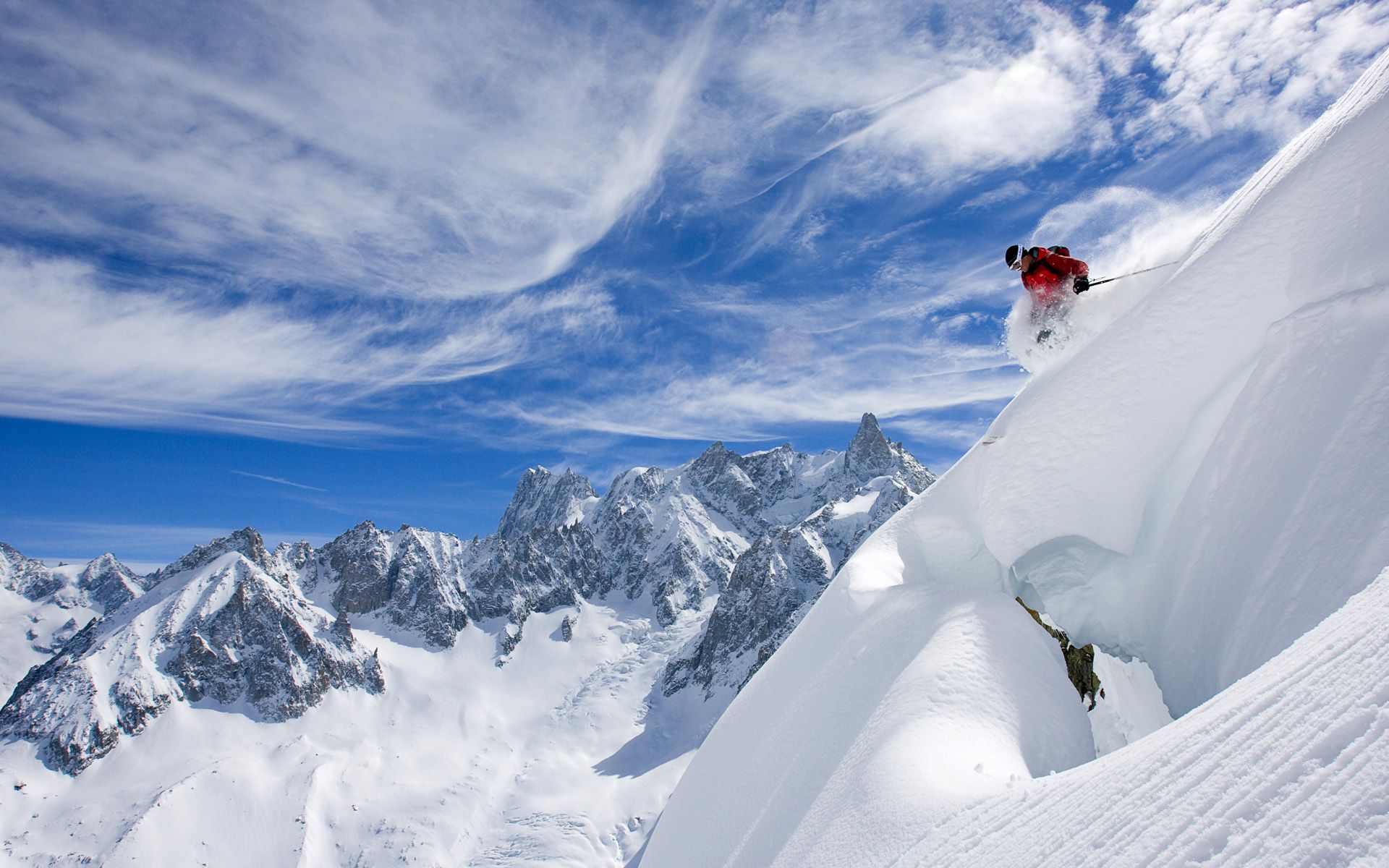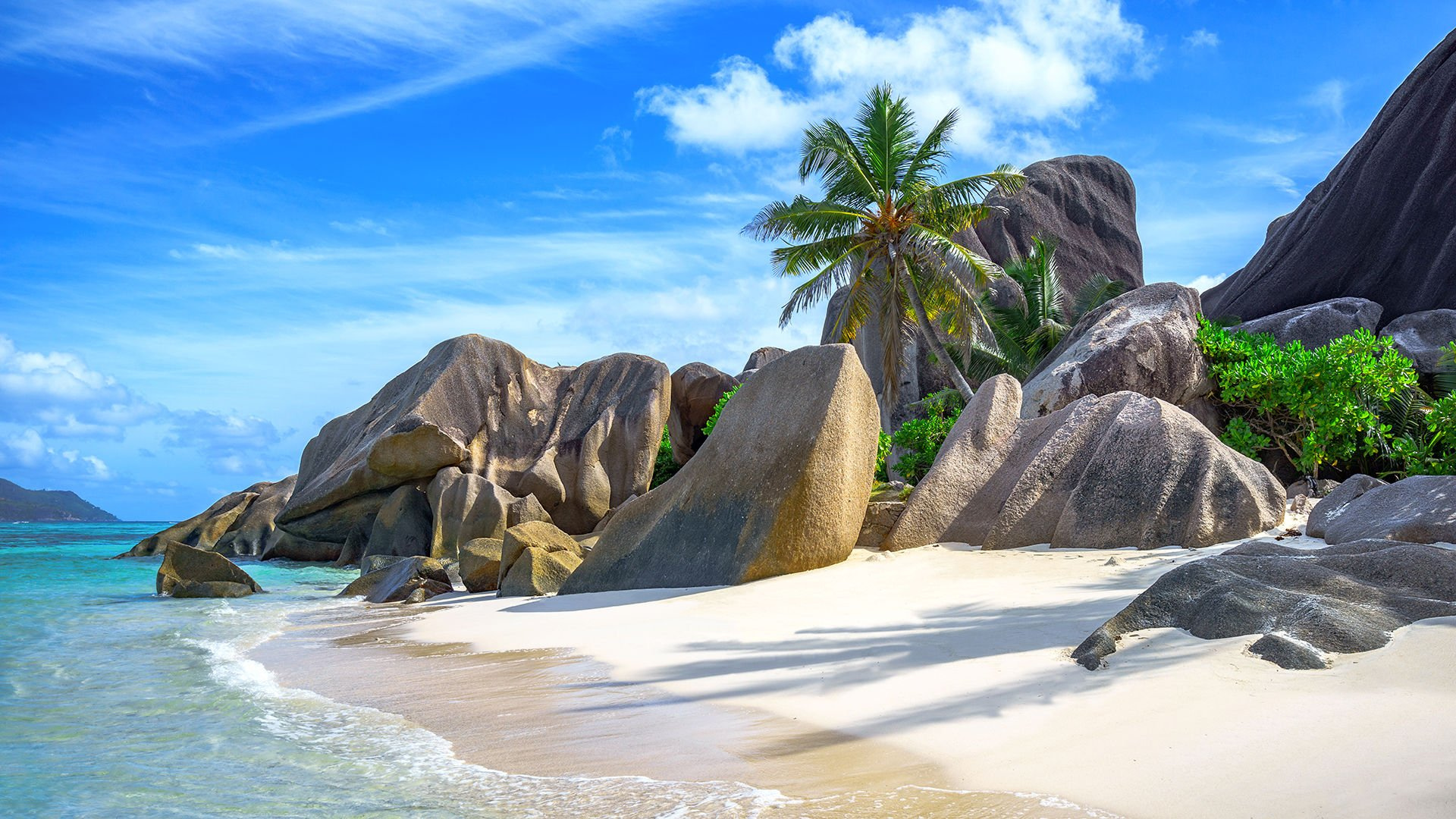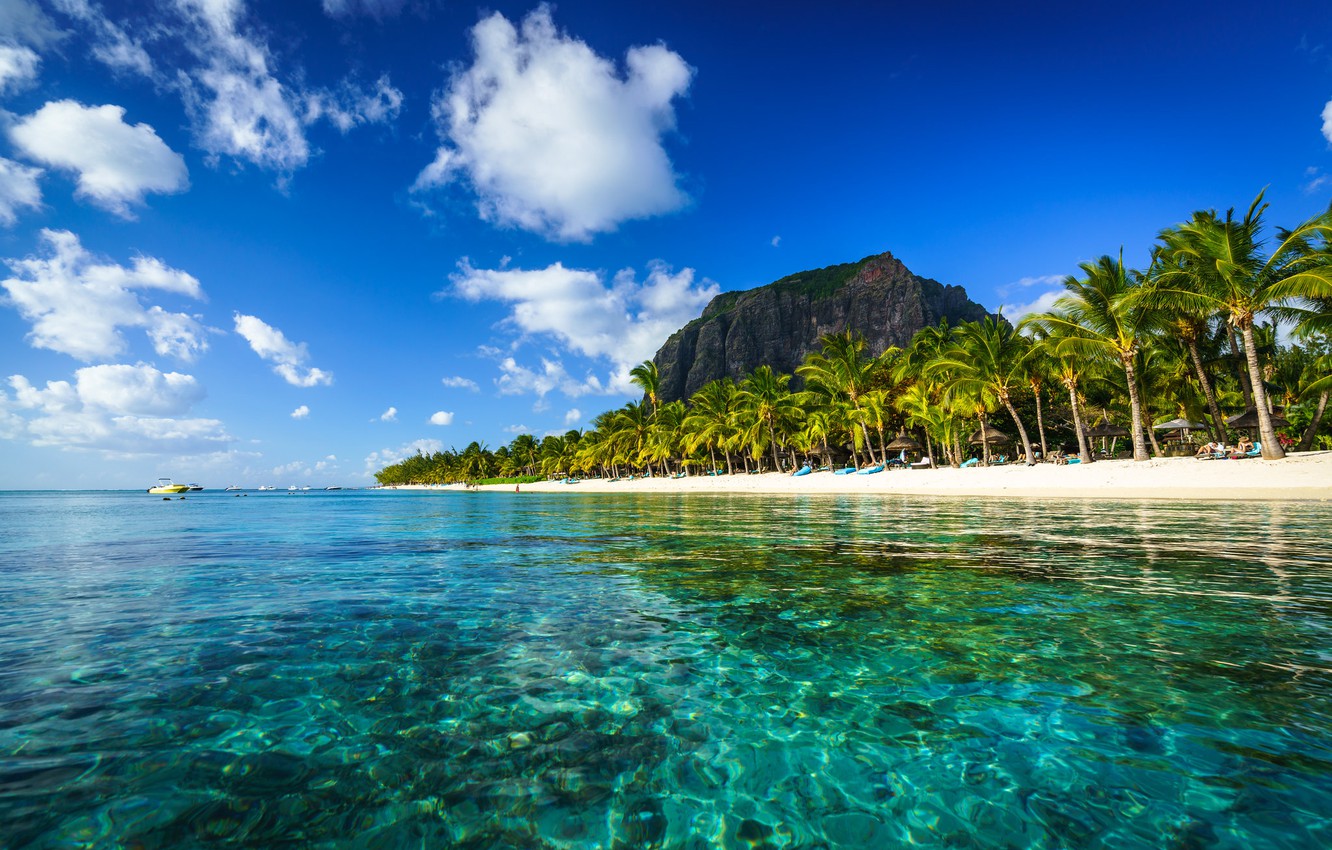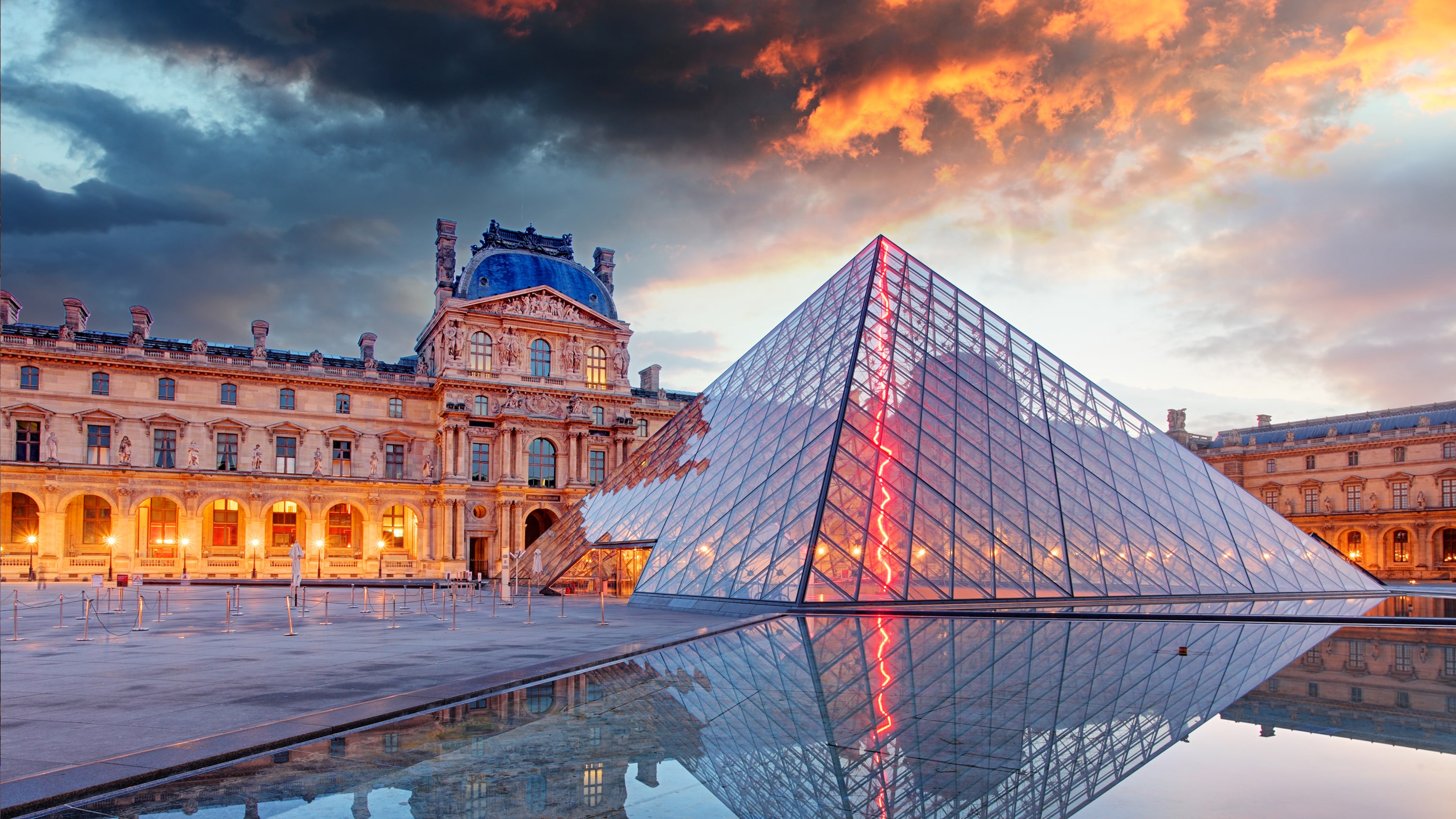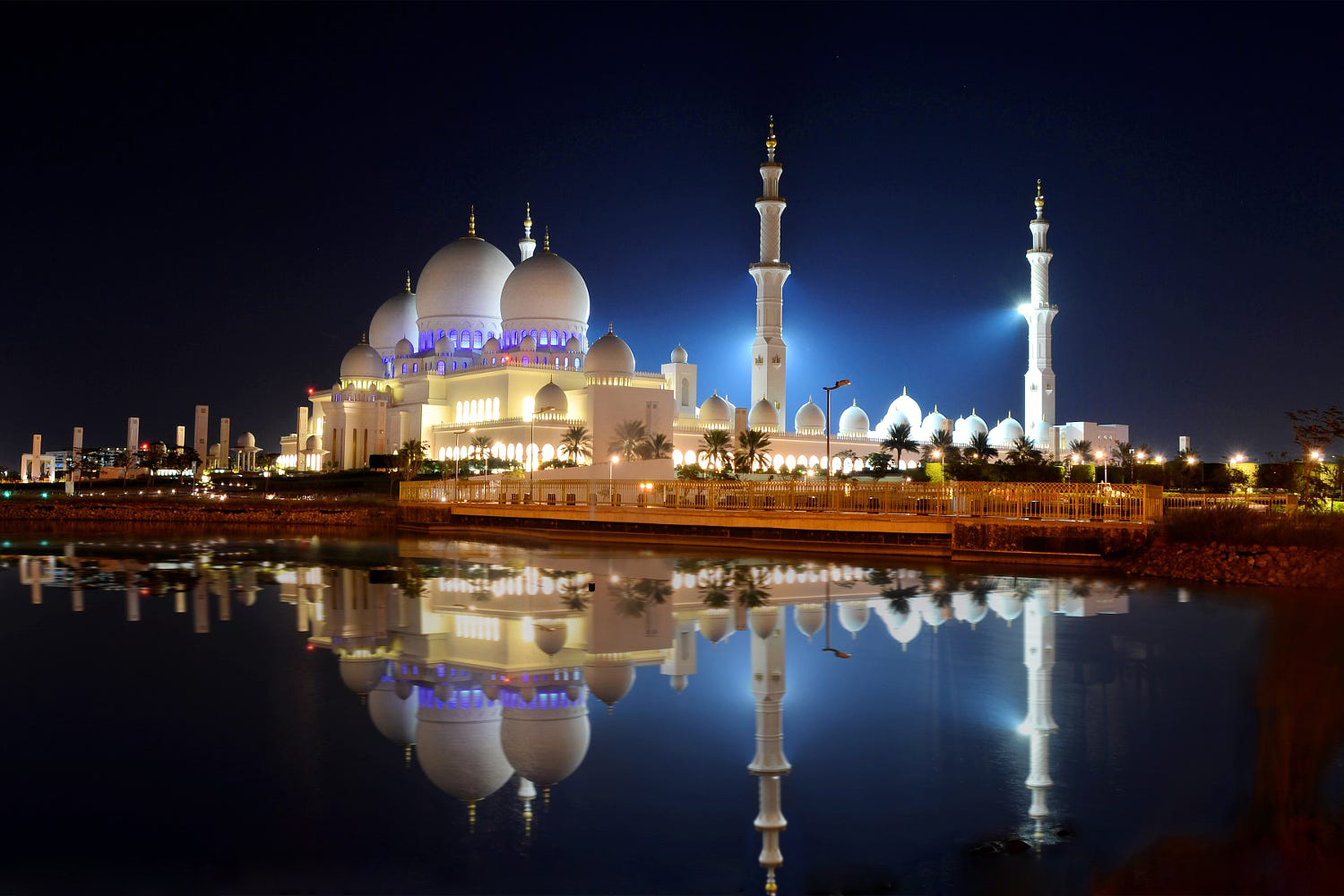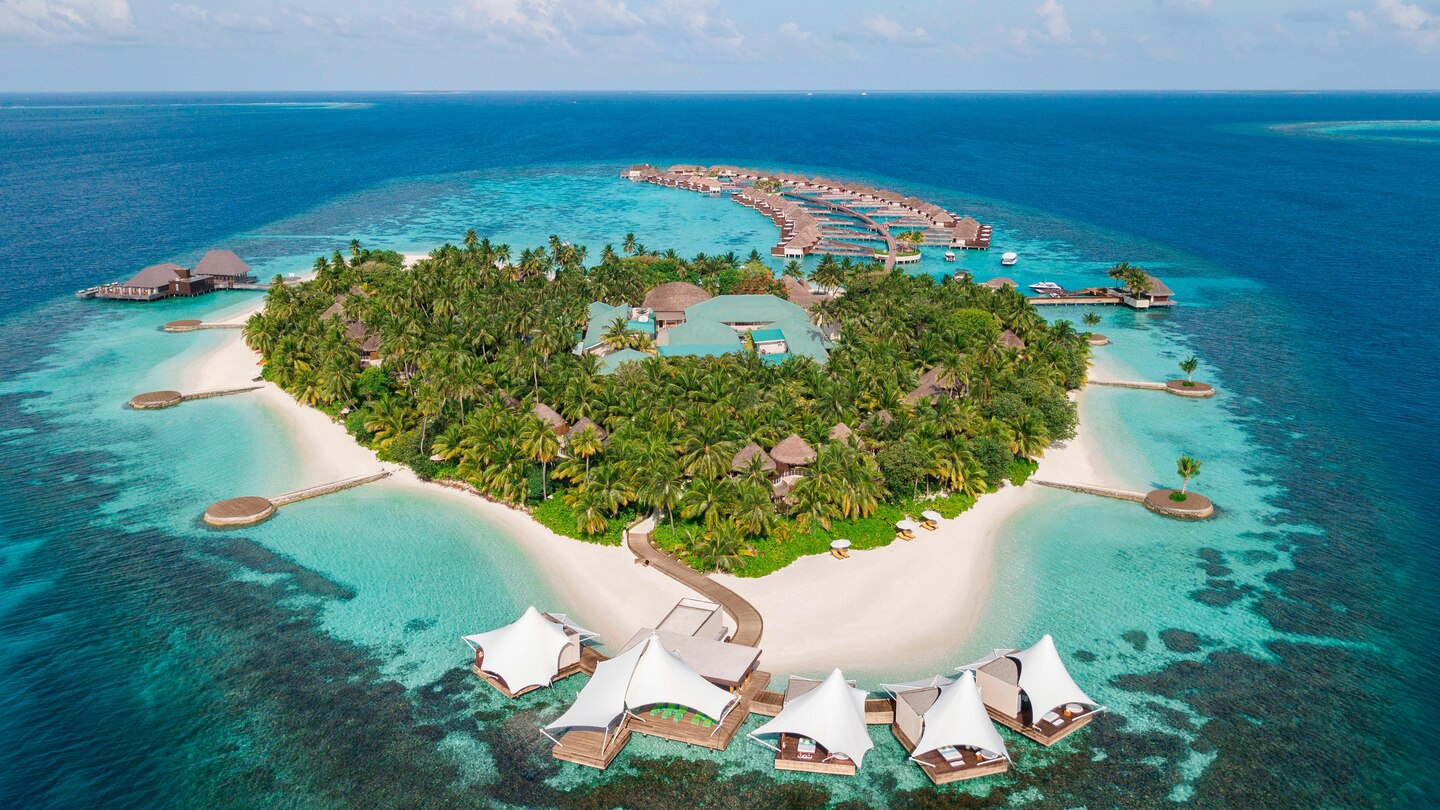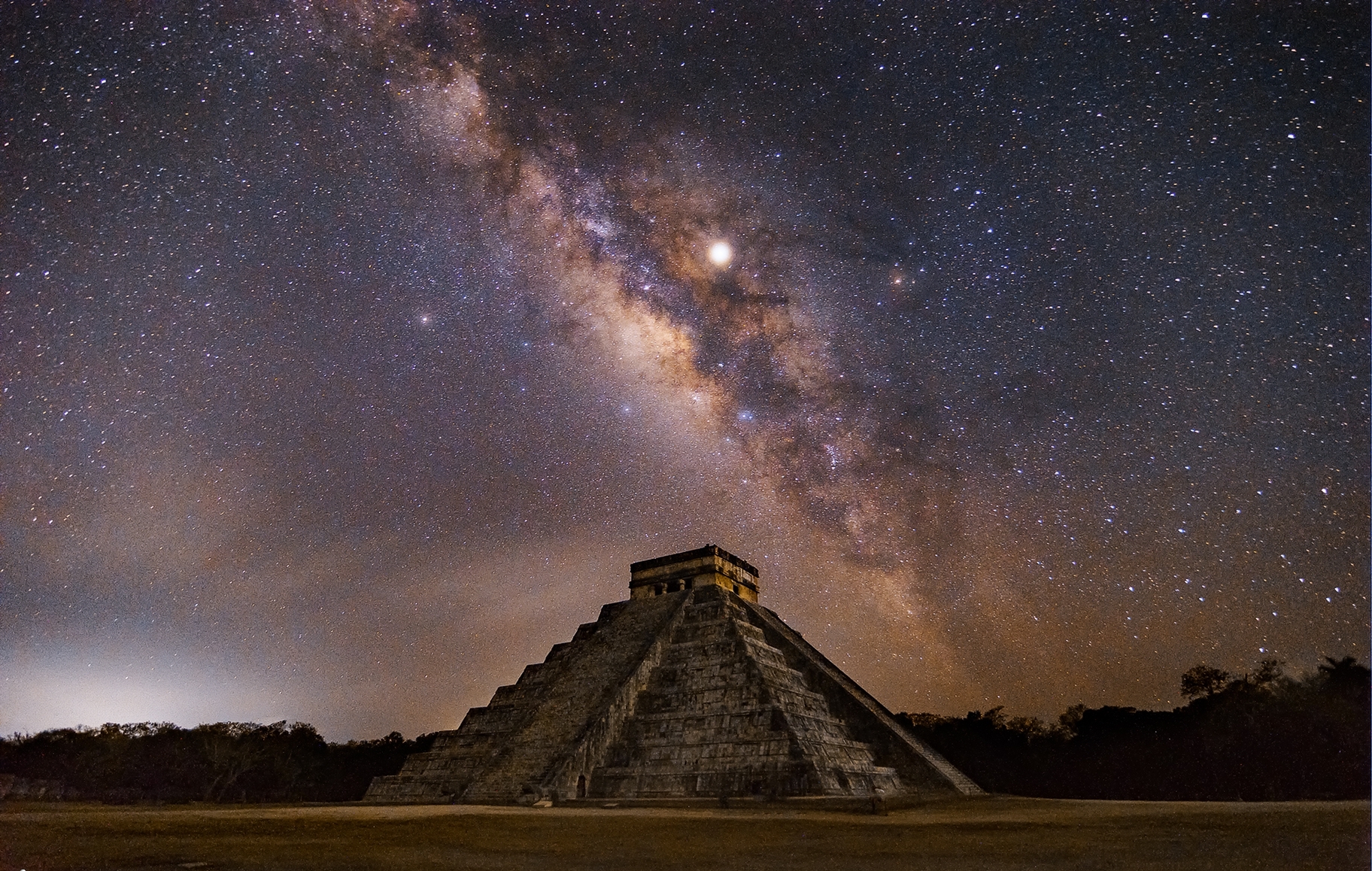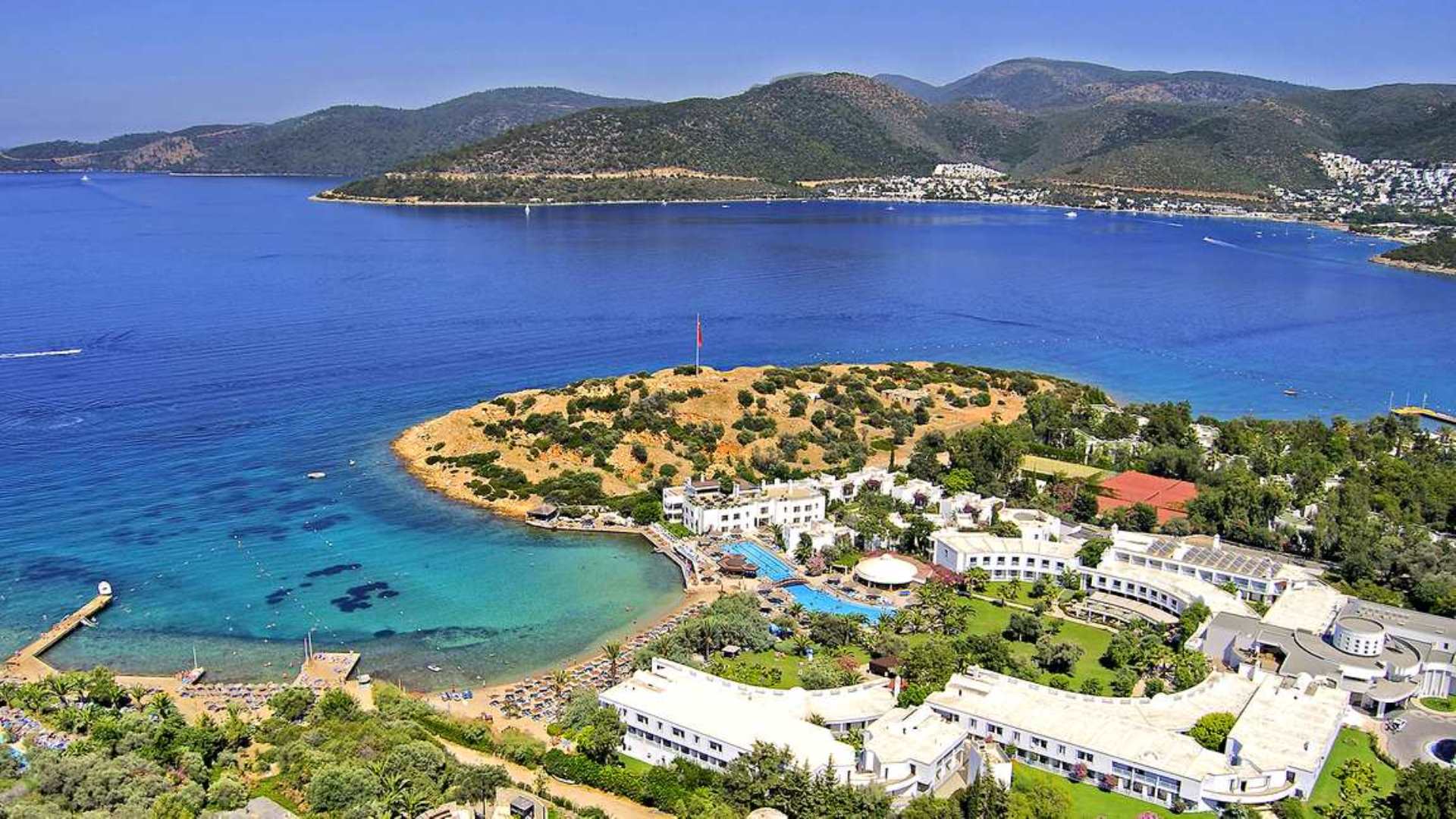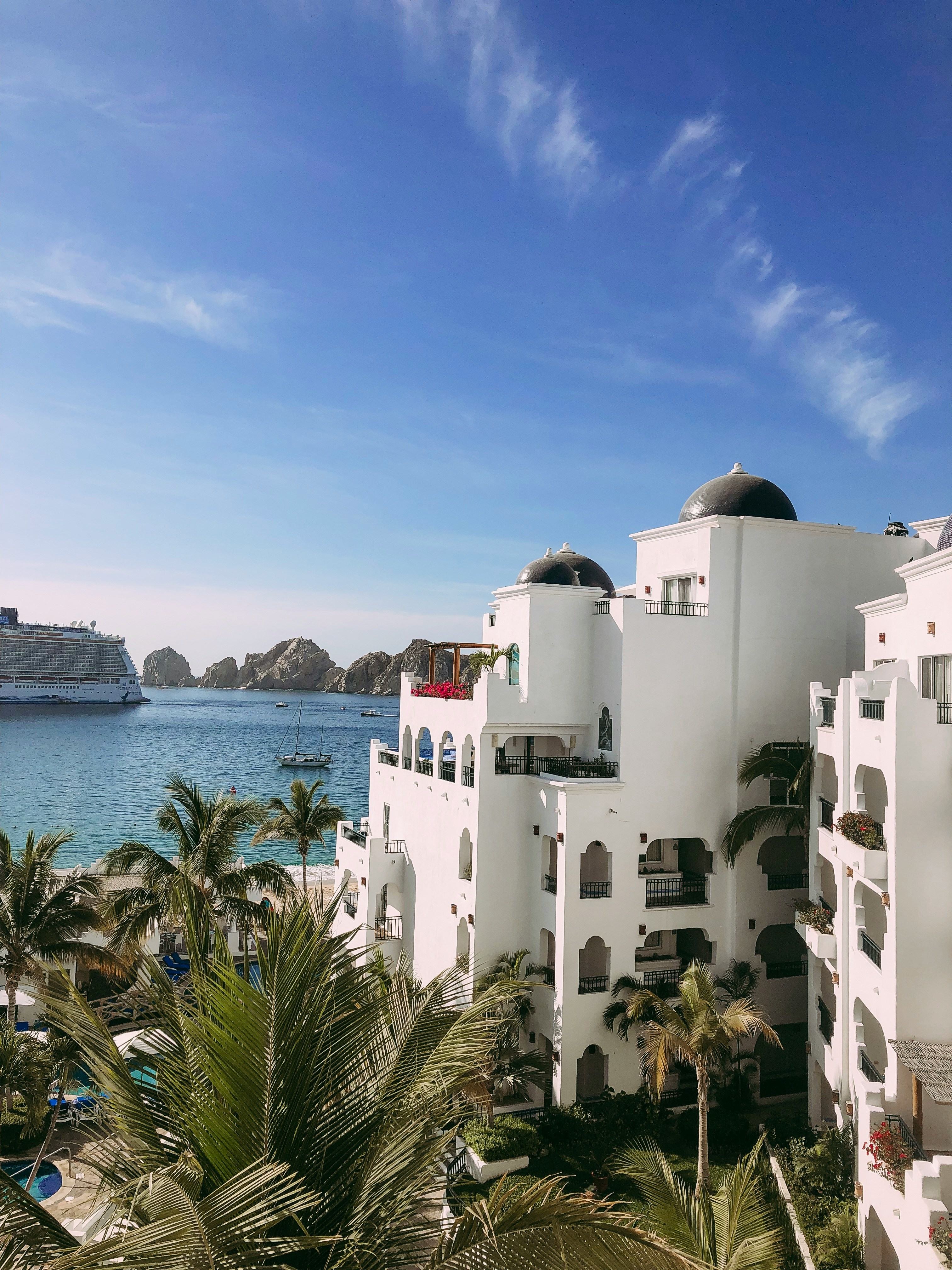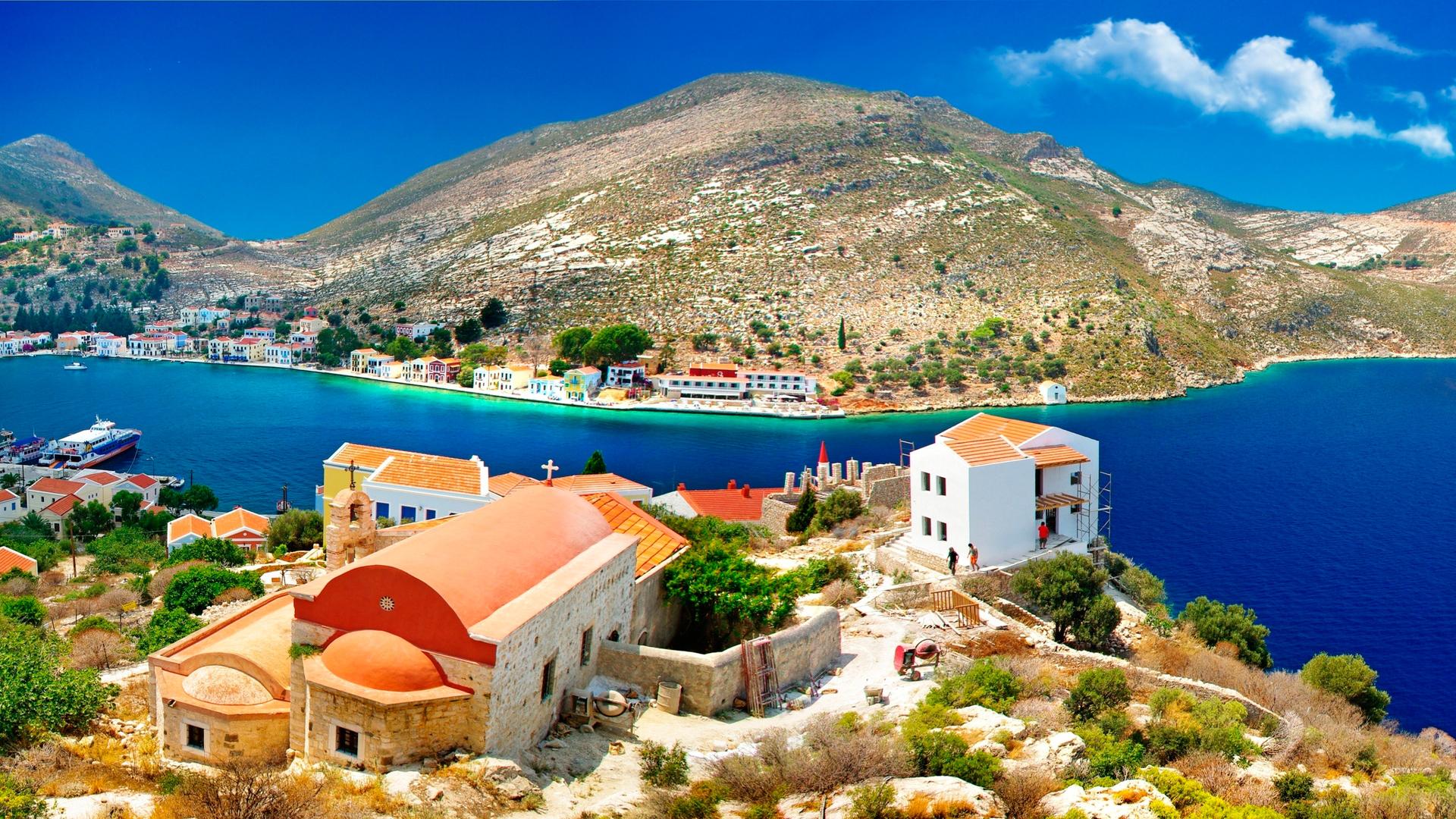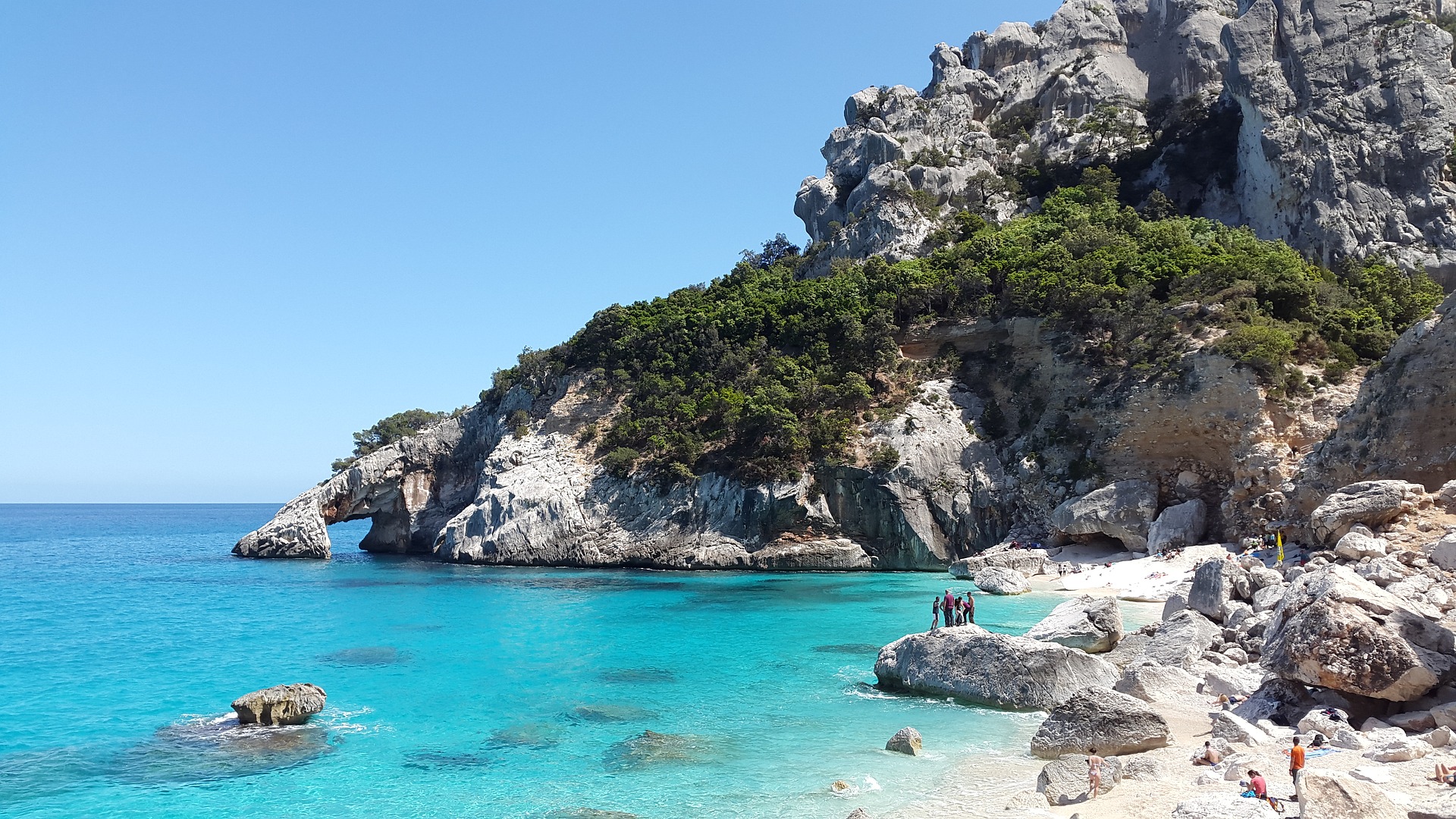Holidays in Lake Tanganyika






In February 1858, British travelers Richard Burton and John Speck opened this freshwater lake in Central Africa. The famous researchers David Livingston and Henry M. Stanley then studied Tanganyika in 1871. The area surrounding the lake was the Ha tribe, which migrated here a century ago from West Africa and settled on the shores and outlying areas of Gombe.
Lake Tanganyika lies within the East African fracture, one of the greatest geological events on Earth, extending from the Middle East to Mozambique, and is the second in the world since Baikal on deep-sea (1470 m). Just like Baikal, it is extremely transparent water that allows the bottom to be seen at a depth of up to 33 metres. At the same time, Tanganyika is considered the longest lake in the world. It has 708 km long and 80 km wide. Geologists believe that the lake was formed 7-10 million years ago. The vast mass of water concentrated in Africa ' s deepest reservoir lies at the borders of four States: Tanzania, Burundi, Congo and Zambia. The Kalambo River, which enters the lake in the south, is a border between the States of Tanzania and Zambia. This is the second largest after the waterfall of Victoria in Africa. Since 1995, within the framework of these four States, the United Nations has been implementing a special programme to maintain the biological diversity of the region.
Lake Tanganyika is a unique biological habitat on the ground, a distinct evolutionary " vibrina " . For example, ninety-eight per cent of lake cichlids on the planet are confined to Tanganyika. Seven species of crabs, five of the thirteen types of double-tracked molluscs, more than half of gastropod and eleven of the 30 crustaceans of this great waterme are also unique, as is the lake itself. There are about 350 species of exotic fish. It is from here that the largest export to the aquarities of the various cities of the world is made. There's a swelling of athletic boiler, goliath fish and other unusual Tanganyika fish. Every year in early March, the Zambian National Fisheries Championship is taking place at the lake to which fishers from around the world travel.
Two national parks are approaching the lake from Tanzania: Gombe Strim Reserve and Mountain
Master Mahale. Gombe Strim, with a very fragile ecosystem, has developed a narrow lane of virgin forests in mountainous areas and is limited in the west with steep slopes off Lake Tanganyika. It's a famous chimpanze habitat. The Mahale Mountain Reserve, like the Gombe Reserve, is one of the latest wildlife shelters. In the remote wet forests of Mahala, about 1,000 representatives of these primates live. Often the Reserve is also called Nkungwe, by the name of the main mountain range. It is here that there are possible unforgettable safaris to monitor the life of the chimpanze, as well as a unique fisherman. There are safari-lojis and campes in the territories of these reserves, which allow for unforgettable minutes, enjoy excellent species on the lake, and familiarize themselves with the African animal world. Different types of safari, chimp life monitoring, water sports, fishing.

